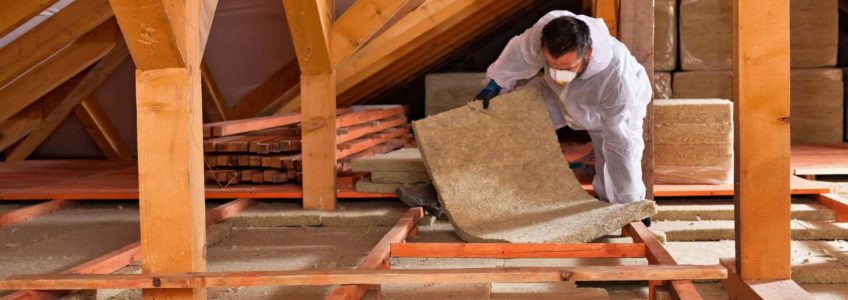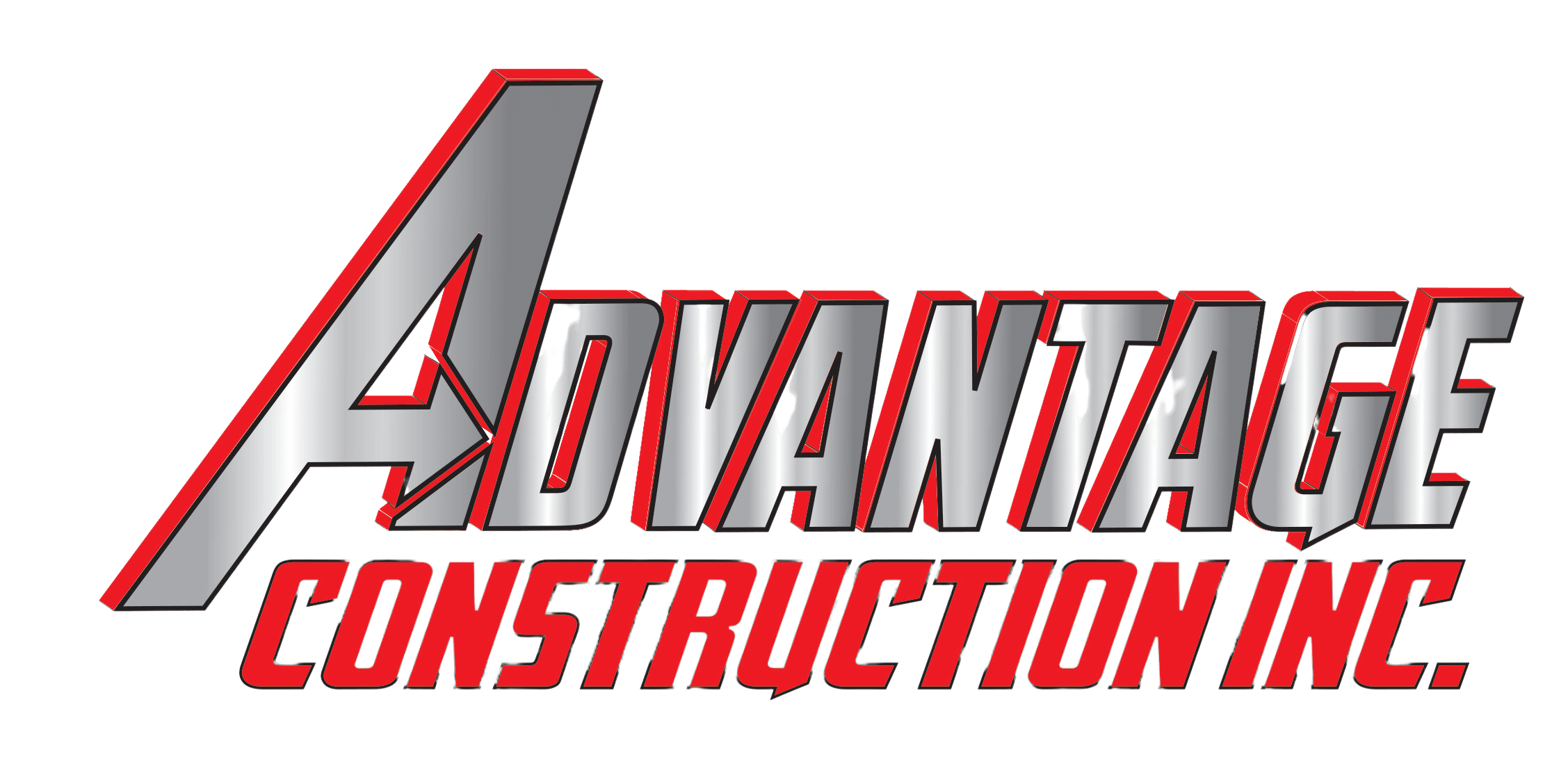
The attic in your home or commercial building does much more than just store old items when you’ve run out of space. In reality, attics provide a protective barrier to keep heat and cold air from escaping your home, while also keeping humidity and moisture out. However, to access these attic functions, insulation must be installed properly.
According to the U.S. Department of Energy, heating and cooling account for 50-70% of the energy used in an average American household. Yet the North American Insulation Manufacturers Association (NAIMA) estimates that nearly 90% of existing homes in America are under-insulated. It’s no wonder that energy use is so high since uninsulated homes waste so much of it.
A lack of insulation in your attic can be extremely costly since it allows for increased energy waste. Homeowners can avoid expensive repairs over time and benefit in various ways when they choose to install insulation in an attic. Installing insulation can result in the following improvements:
- More money saved
- More limited resources conserved
- Helps to maintain a uniform temperature throughout the house
- Cooler walls, ceilings, and floors in the summer
- Warmer walls, ceilings, and floors in the winter
As energy efficiency moves to the forefront of home buyers’ checklists, it is clear that uninsulated attics will not make the cut. The costly impacts of failing to insulate an attic are unappealing. Whether looking to sell or just make some money-saving improvements, homeowners should deal with a lack of attic insulation swiftly to improve their home energy rating.
The Costly Effects of Failing to Insulate Your Attic
Failure to insulate an attic can be incredibly expensive over any period since it results in a significant amount of wasted energy and lost air. The following are five costly impacts of failing to insulate your attic:
1. Loss of Heat
Heat naturally flows from warmer to cooler spaces, making attic insulation a necessity during the wintertime. It’s widely known that hot air rises, making sense that it will move towards an attic space. Without proper insulation, warm air from a home’s heating system will flow directly to the house’s colder areas, like attics, garages, mudrooms, and basements. In fact, nearly 40% of the heat in your home is lost through the attic.
Without proper insulation in the attic floor, you will find that rooms in the upper levels of a home will become colder quicker, making for a long, uncomfortable winter. With an insulated attic floor, the temperatures in the house’s upper levels are heated evenly, and much less warmth is lost through the attic.
2. Loss of Cool Air
In the summertime, the opposite phenomenon occurs. The cold air pumped out from an air conditioning system is easily lost through uninsulated attics because the cool air flows towards warmer areas.
Without adequate attic insulation, homeowners will have an uphill battle all summer long, trying to continually replace infiltrating warm air in the main areas of the home with cold, which can result in costly energy bills in the long-run.
3. Moisture Accumulation
Older homes that lack insulation often experience an increase in moisture accumulation in their attics. While small cracks and areas where air can escape might not seem detrimental, the impact of infiltrating moisture into those areas can be incredibly damaging.
Not only is moisture damaging to your roof and attic walls’ structural integrity, but it also creates a breeding ground for mold, mildew, and other funguses. In attics where moisture is present, there is a higher risk for ice dams on the exterior of the roof in the winter, requiring professional removal.
Leaky attics are also less ideal for storing items than an accurately insulated attic since there’s potential for significant water damage. A properly insulated attic will have fans to ventilate the attic throughout the seasons.
4. Increased Energy Costs
Heating and cooling systems of a home have to work double-time to replace lost air during temperature fluctuations when insulation isn’t present. Unfortunately, the result is almost always going to be an expensive energy bill.
When hot and cold air is lost throughout the different seasons, your heating and cooling systems have to work extremely hard to replace them, which becomes increasingly expensive as the cost of electricity increases in America.
Insulated attic floors help regulate the temperature within a home during all seasons and are instrumental in cutting energy costs throughout the year.
5. Decreased Property Value
Nowadays, potential home buyers are especially concerned about the energy efficiency of the houses they view. While more recent construction has to meet specific standards, older homes might not be up to local energy codes, especially if they lack the proper insulating materials in the attic.
Homes that lack adequate attic insulation may experience a significant decrease in property value if ever put on the market. If you are looking to sell your property, compare the costs associated with installing insulation versus the property value lost if you skip out on that home improvement project. You may realize just how worthwhile installing insulation in your attic can be when selling your home.
Conclusion
As energy efficiency moves to the forefront of priorities for homeowners and buyers, attic insulation has become increasingly important. Homes that lack adequate insulation in attics are at risk for a range of expensive and irreversible impacts like water damage and heat or cold air loss.
Utilizing the Owens Corning Atti-Cat Blown-In Insulation system, Advantage Construction can transform your attic into a healthy, hassle-free structure that helps you save up to 15% on heating and cooling costs. The Atti-Cat insulation system allows natural airflow throughout the attic, allowing it to stay cool and ventilated during the winter and summer months.
Homeowners are highly encouraged to seek professional assistance in insulating their attic, to ensure that there is appropriate ventilation and air circulation. Without the right insulation system in place, you could be experiencing costly repairs and energy bills for years to come.
